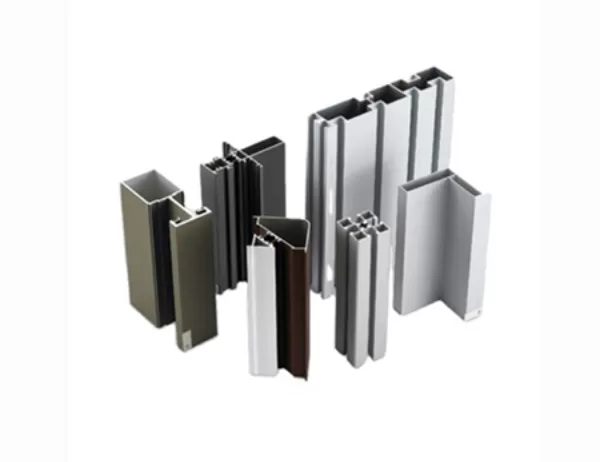Aluminum shuttering has revolutionized the construction industry, offering unparalleled safety and durability compared to traditional wooden formwork. By adhering to best practices, contractors can maximize the benefits of aluminum shuttering while minimizing risks. This article delves into the essential aspects of aluminum shuttering safety and durability, providing insights to guide decision-making and ensure optimal project outcomes.
Aluminum shuttering systems are designed with safety in mind, featuring robust components and interlocking mechanisms. Proper assembly is crucial to ensure structural integrity and prevent collapse. Contractors should follow the manufacturer’s instructions meticulously, tightening all fastenings securely while ensuring level and plumb installation. Regular inspections are essential to identify and address any loose connections or irregularities.
Aluminum is a lightweight and easy-to-handle material, but improper handling can damage the panels and compromise safety. When lifting and transporting, use appropriate equipment and padding to avoid dents and scratches. Store the shuttering in a dry and protected location to prevent corrosion and degradation. Careful handling extends the lifespan of the shuttering system, reducing the risk of failure and associated hazards.
Proper loading and bracing are critical to ensure the shuttering can withstand the weight of the concrete and other loads. Plan ahead to determine the maximum load capacity of the system and distribute the load evenly across the panels. Use bracing and props to provide additional support, particularly in high-rise structures or complex geometries. Monitoring the loading and bracing during concrete placement and subsequent hardening is essential to prevent overloading or structural instability.
Regular cleaning and maintenance are key to preserving the durability of aluminum shuttering. Remove concrete and debris from the panels after each use, using non-abrasive cleaners to prevent scratches or corrosion. Lubricate moving parts and inspect the system for damage periodically. Timely repairs or replacements are crucial to maintain structural integrity and extend the lifespan of the shuttering.
Adequate training and supervision are essential to ensure the safe and effective use of aluminum shuttering. Workers should be familiar with the assembly, handling, loading, and maintenance procedures. Regular safety briefings and site supervision help foster a culture of safety and prevent accidents. Certified equipment operators and experienced supervisors play a vital role in ensuring proper operation and avoiding hazardous situations.
Adhering to industry standards and regulations is paramount for aluminum shuttering safety. Local building codes and international standards provide guidelines for design, assembly, loading, and maintenance. Contractors should ensure their practices comply with these requirements to minimize liability and guarantee the integrity of the structure. Compliance with standards also provides a benchmark for quality assurance and safety audits.
By embracing best practices in aluminum shuttering safety and durability, contractors can harness the advantages of this innovative construction method while minimizing risks. Proper design, assembly, loading, bracing, cleaning, and maintenance, coupled with training, supervision, and compliance, contribute to a safe and durable construction process. Aluminum shuttering systems offer unparalleled benefits, enhancing productivity, safety, and project success when used and maintained responsibly.




